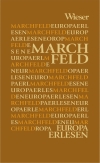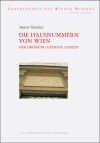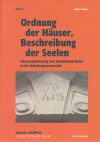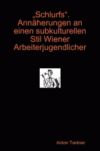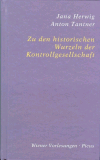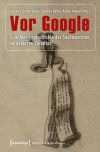Vortrag Mary Gibson zu italienischen Gefängnissen im 19. Jahrhundert
Vortrag
MARY GIBSON
From the Papal States to "Roma Capitale" - Prisons in Nineteenth-Century
Italy
10. Dezember 2012, 18 Uhr c. t. am IFK, Reichsratsstraße 17, 1010 Wien
Under Papal rule and continuing into the twentieth century, Roman prisons clustered in the center of the city and, more specifically, along the Tiber river. This integration into the urban fabric made prisons central to popular conceptions of Rome, inspiring proverbs and songs about the experience of incarceration in working-class life. Thus, prisons offer an interesting point from which to view the period during which the “second Rome” of the Popes gave way to the “third Rome” of the new liberal state.Gender will be central to the analysis of the temporal dimension of the Roman prison system, as some Papal prisons were abandoned, some reformed, and still others built anew. Subordinated to their husbands in civil law, Italian women were also left behind in penal reform, which assigned them to the sphere of religion/ charity rather than to the more modern world of rights and work. Therefore, the treatment of prisoners in the new capital reveals much about gender and the legal construction of citizenship during the transition from Papal to parliamentary rule.
Mary Gibson is Professor of History at the John Jay College and the Graduate Center, City University of New York. She is IFK_Senior Fellow.
MARY GIBSON
From the Papal States to "Roma Capitale" - Prisons in Nineteenth-Century
Italy
10. Dezember 2012, 18 Uhr c. t. am IFK, Reichsratsstraße 17, 1010 Wien
Under Papal rule and continuing into the twentieth century, Roman prisons clustered in the center of the city and, more specifically, along the Tiber river. This integration into the urban fabric made prisons central to popular conceptions of Rome, inspiring proverbs and songs about the experience of incarceration in working-class life. Thus, prisons offer an interesting point from which to view the period during which the “second Rome” of the Popes gave way to the “third Rome” of the new liberal state.Gender will be central to the analysis of the temporal dimension of the Roman prison system, as some Papal prisons were abandoned, some reformed, and still others built anew. Subordinated to their husbands in civil law, Italian women were also left behind in penal reform, which assigned them to the sphere of religion/ charity rather than to the more modern world of rights and work. Therefore, the treatment of prisoners in the new capital reveals much about gender and the legal construction of citizenship during the transition from Papal to parliamentary rule.
Mary Gibson is Professor of History at the John Jay College and the Graduate Center, City University of New York. She is IFK_Senior Fellow.
adresscomptoir -
Kontrolle - Di, 4. Dez. 2012, 09:42
